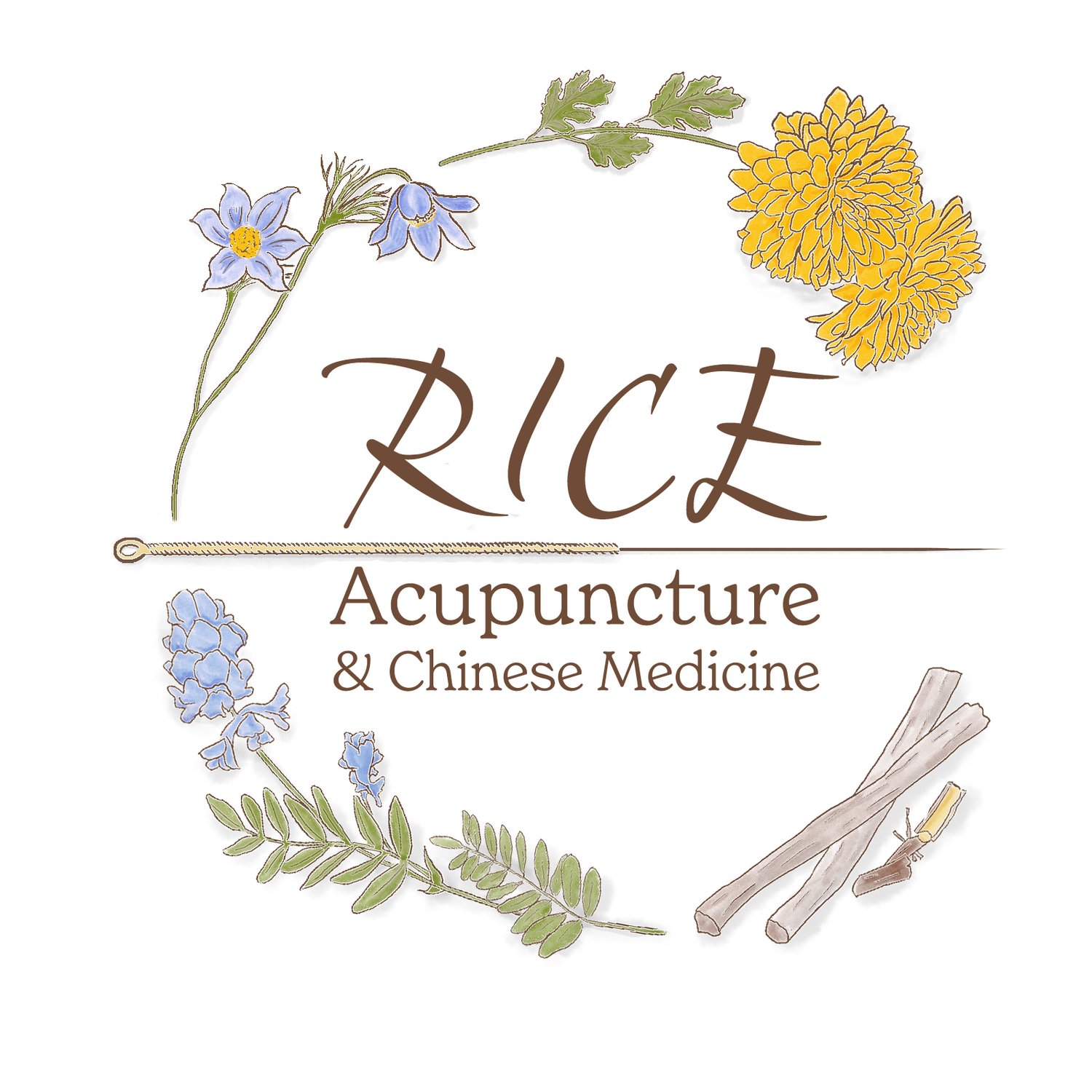How Does Acupuncture Work?
How does acupuncture work? What do the needles actually do?
These are questions frequently asked during acupuncture visits. The answer can be explained based on research showing the body's responses to needle insertion. When the needles are inserted there are 4 major physiological responses. These are related to the nervous system, immune system, circulatory and endocrine systems.
Nerves respond to the needle by signalling to the brain that a stimulus has occurred. This causes the nerves to 'rewire' and stop signalling the message of pain to the brain. Alongside this reaction, muscle fibers begin to relax. These two effects are a part of acupuncture's mechanisms that lead to pain reduction.
When the nervous system has 'relaxed' in response to needle insertion, the immune system can 'kick in' causing a secretion of immune cells and substances. This helps ward off colds and flus as well as aids in the recovery from illness.
Acupuncture initiates a circulatory response. The insertion of a needle is seen as a 'micro trauma'. The circulatory response is to promote blood flow to that acupoint as well as a systemic increase in blood flow. This not only creates an overall reduction of inflammation in the body, it also encourages healing and repair of the body's joints, muscles and tissue.
Acupuncture also influences the hormones. Needle insertion and stimulation modulates the functioning of the components of the endocrine system responsible for sleep, appetite, reproductive function, stress and mood.
References:
Acupoints Initiate the Healing Process. Heming Zhu Med Acupunct. 2014 Oct 1; 26(5): 264–270. doi: 10.1089/acu.2014.1057 PMCID:
PMC4202904
Acupuncture modulates the neuro–endocrine–immune network
S.S. Ding S.H. Hong C. Wang Y. Guo Z.K. Wang Y. Xu
QJM (2014) 107 (5): 341-345. DOI: https://doi.org/10.1093/qjmed/hct196. Published: 17 October 2013

